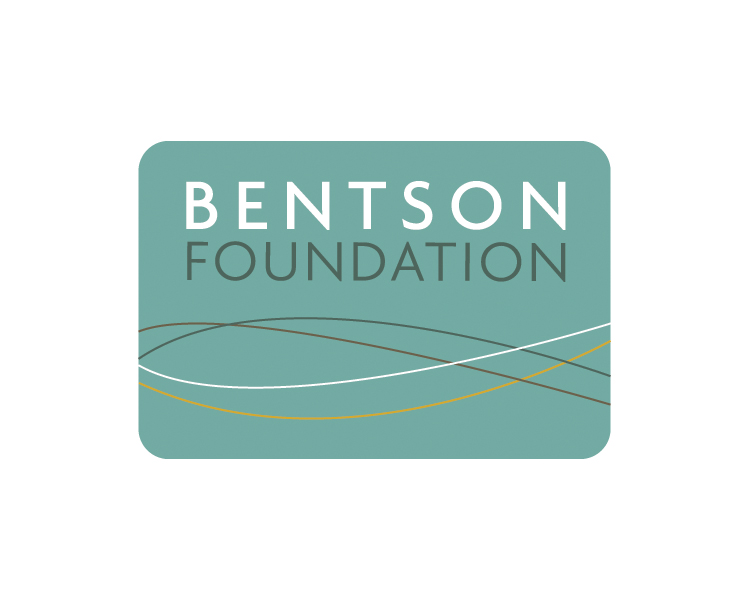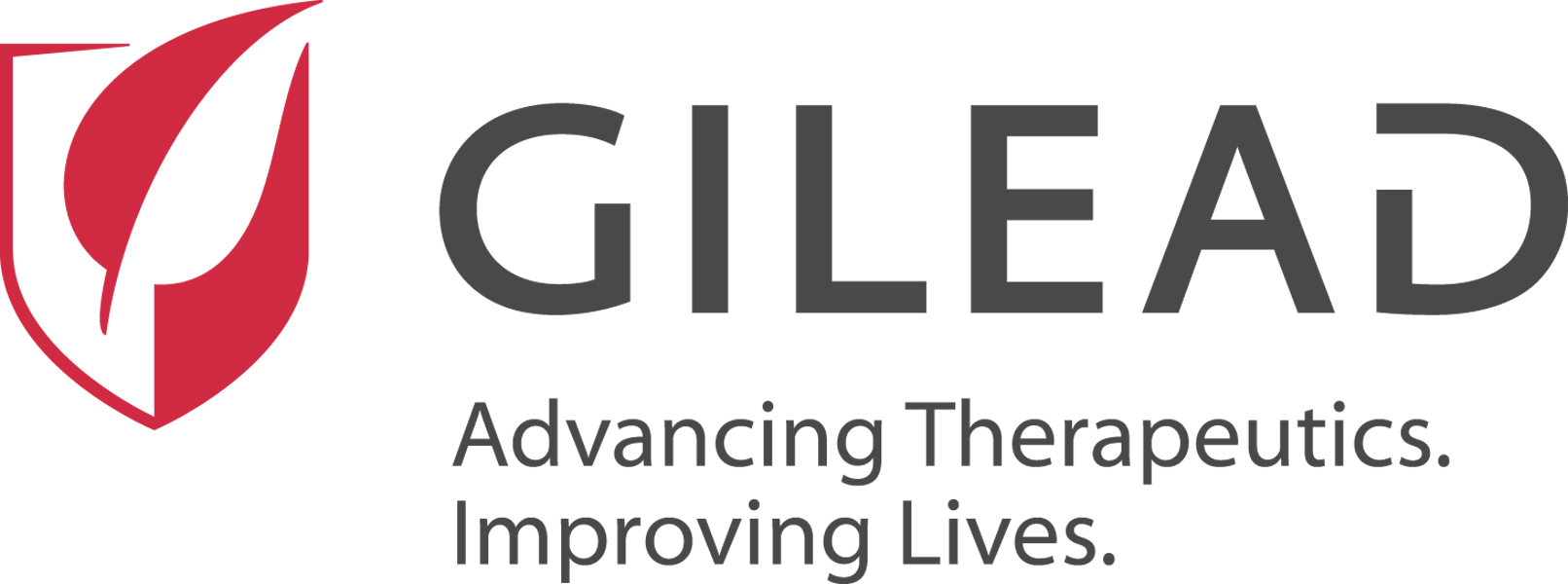Trump names vaccine skeptic Kennedy to head vaccine safety panel
President-elect Donald Trump has named Robert F. Kennedy, Jr., an outspoken critic of vaccines, chair of a panel on vaccine safety and scientific integrity, according to the Washington Post today. Trump met with Kennedy at Trump Towers in New York today.
Kennedy was quoted after leaving the meeting. "President-elect Trump has some doubts about the current vaccine policies, and he has questions about it," Kennedy said. "His opinion doesn't matter, but the science does matter, and we ought to be reading the science, and we ought to be debating the science."
Kennedy, the son of the late Sen. Robert F. Kennedy and a radio talk-show host, has said that mercury in vaccines can cause autism, a link that’s been widely disproved. He also has supported, against public health recommendations, nonmedical exemptions from standard vaccines in school-age children.
This is not the first time Trump has met with anti-vaccine activists. This summer on the campaign train Trump met with Andrew Wakefield, the man who erroneously linked autism to the measles-mumps-rubella vaccine in 1998 and has been roundly discredited.
Infectious disease expert Michael Osterholm, PhD, MPH, said, "Mr. Kennedy's appointment is potentially a dangerous decision if it sends a message to parents that vaccines are not safe and not necessary. If that happens, kids will get sick and even die because of the misinformation that will come from this commission."
Osterholm is director of the Center for Infectious Disease Research at Policy at the University of Minnesota, publisher of CIDRAP News.
Jan 10 Washington Post story
White House unveils review process for federally funded GOF research
The White House Office of Science and Technology Policy (OSTP) yesterday released recommendations for federal departments to use when reviewing and conducting oversight of research involving potential pandemic pathogens (PPP). The recommendations, when adopted, also spell out the review process used to lift the current moratorium on federally funded controversial gain-of-function (GOF) research projects.
In October 2014 after the Obama administration announced the research pause, it asked the National Science Advisory Board for Biosecurity (NSABB) to come up with recommendations to help federal officials weigh funding decisions. The NSABB deliberations also included the commissioning of a more than 1,000-page risk assessment and an ethics white paper. It handed off its finalized recommendations in June 2016 for the OSTP and the National Security Council to consider.
The final OSTP recommendations include a prefunding review for certain research proposals based on eight specified principles, an assessment of risks and benefits, and risk mitigation plans based on the pathogen's risk, all of which should be reported to the OSTP director.
"Projects that have been paused under the existing moratorium will now be reviewed utilizing a process consistent with the recommended policy guidance. Any projects that are determined suitable to proceed will do so with appropriate risk mitigation measures in place," the OSTP said.
Though the NSABB's work on the recommendations is done, the Department of Health and Human Services (HHS) asked it to continue to provide oversight of PPP research and to review the HHS process for reviewing the paused research projects. HHS is conducting a review of dual-research of concern (DURC) policies and has asked NSABB to host a series of stakeholder meetings.
Jan 9 White House OSTP blog post
Jan 9 OSTP recommended policy guidance
Jun 1, 2016, CIDRAP News story "NSABB finalizes GOF guidance; White House to weigh in"
Saudi Arabia reports 2 new MERS cases, 1 death
The Saudi Arabian Ministry of Health (MOH) today reported two new cases of MERS-CoV, including one in Buraydah, the site of several recently diagnosed cases of the respiratory disease.
A 67-year-old Saudi woman from Buraydah was diagnosed as having a Middle East respiratory syndrome coronavirus (MERS-CoV) infection and acquired the disease as a healthcare patient. She is in critical condition.
Also, a 50-year-old Saudi man from Jeddah is in stable condition after developing symptoms of MERS. The MOH said the patient had direct contact with camels. Exposure to camels and healthcare-acquired infections are the two most common ways MERS-CoV is transmitted.
Finally the MOH also reported the death of a 73-year-old Saudi woman from Buryadah. She was listed as having a secondary and health-acquired infection on Jan 6. She is the third patient from Buryadah to die from MERS complications since Jan 2.
The new cases raise Saudi Arabia's MERS-CoV total to 1,535, including 639 deaths. Nine people are still in treatment or monitoring.
Jan 10 MOH report
Colistin-resistance gene found in Salmonella isolates from Chinese pigs
A gene that confers resistance to the last-resort antibiotic colistin has been detected in nearly 15% percent of Salmonella isolates from pigs in southern and central China, researchers report yesterday in Emerging Infectious Diseases.
The researchers obtained 142 Salmonella isolates from pigs at five slaughterhouses and screened them for the MCR-1 gene using polymerase chain reaction (PCR) and genetic sequencing methods; 21 (14.8%) of the isolates tested positive for MCR-1, a plasmid-mediated gene that was first identified by Chinese researchers in 2015 among Escherichia coli isolates from Chinese pigs, pork products, and hospital patients.
Susceptibility testing showed that all 21 isolates were resistant to colistin and that more than 80% were resistant to ampicillin, streptomycin, florfenicol, tetracycline, sulfamethoxazole/trimethoprim, and gentamicin. In addition, 76.2% showed reduced susceptibility to ciprofloxacin.
The authors report that most of the isolates were clonally related to serovar Typhimurium sequence type 43, which is common in Salmonella isolates from humans in China and other countries and has been linked to food-producing animals.
In three of the isolates, the MCR-1 gene was found on derivatives of IncHI2-like plasmids, which the authors note have been frequently associated with the global spread of MCR-1 genes. Plasmids, which are mobile pieces of DNA, enable the horizontal transfer of resistance genes between different types of bacteria and as a result can fuel faster spread of antibiotic resistance.
Since the MCR-1 gene was first identified in 2015, it has been found in more than 30 other countries. Although mainly found in E coli, it has also been found in Salmonella and several other Enterobacteriaceae.
"Spread of similar IncHI2-like plasmids and Salmonella Typhimurium ST34 clones carrying mcr-1 in different countries highlights the need for internationally coordinated intervention strategies to limit its further dissemination," the authors write.
Jan 9 Emerg Infect Dis dispatch
WHO: Northern Hemisphere flu starts to pick up
In its most recent update, the World Health Organization (WHO) said influenza activity is increasing in many temperate regions in the Northern Hemisphere, with the H3N2 virus—typically associated with worse flu seasons—dominating worldwide.
Many European and Asian nations have now passed their seasonal threshold for flu, which is early compared with previous years, the WHO said in yesterday's update. Activity is also ramping up in North America, parts of Northern Africa, and in Ghana. In all areas but Ghana H3N2 is the predominant strain. Ghana is reporting an influenza B predominance.
Flu activity remains low in the Caribbean and in Central and South America.
Of more than 124,000 respiratory specimens recently tested, 95.9% were influenza A and 4.1% influenza B. The H3N2 strain has accounted from 98.7% of the "A" strains that have been subtyped, compared with 1.3% for 2009 H1N1.
Jan 9 WHO update
Madagascar plague outbreak sickens 62, kills 26
Madagascar is battling an outbreak of 62 cases of bubonic and pneumonic plague, including 26 deaths, the WHO reported yesterday.
Madagascar's Ministry of Health (MOH) first reported suspected plague cases to the WHO on Dec 6. The cases are in the Befotaka district in the southeastern Atsimo-Atsinanana region, a district that is outside the known endemic region of the island nation and hadn't seen a plague case since 1950.
As of Dec 27, the MOH reported 28 cases, including 10 deaths in the district. It also noted 34 cases and 16 deaths in the neighboring Iakora district in Ihorombe region. Of the 62 total cases, 6 have been confirmed, 5 are listed as probable, and 51 are suspected.
Of 11 samples tested, 5 were positive for plague on rapid diagnostic test and 6 have been confirmed at an Institute Pasteur laboratory. Of the total reported cases, 57 were classified as bubonic plague and 5 as pneumonic plague.
A 15-member multidisciplinary team from the MOH and Institute Pasteur visited the outbreak region beginning on Dec 6. The investigators said the outbreak might have started in mid-August 2016. Officials on Dec 29 identified three additional deaths within 25 kilometers of the initial outbreak focus in Befotaka district that might also be tied to the outbreak.
"The affected zone is located in a very remote and hard to reach and highly insecure area (classified as red zone due to local banditry)," the WHO said. The country's most recent previous plague outbreak occurred in the summer of 2015, affected 14 people and killing 10.
Jan 9 WHO outbreak notice
Sep 6, 2015, WHO notice on previous outbreak















